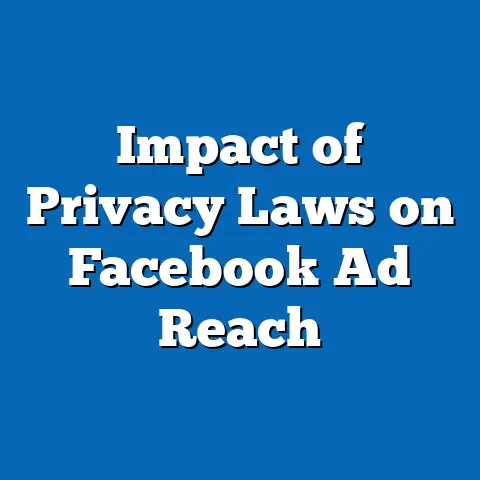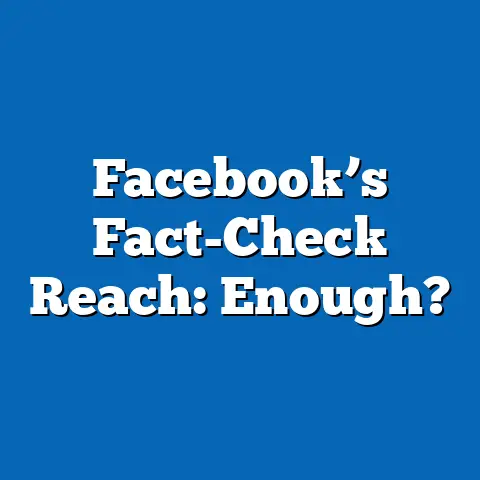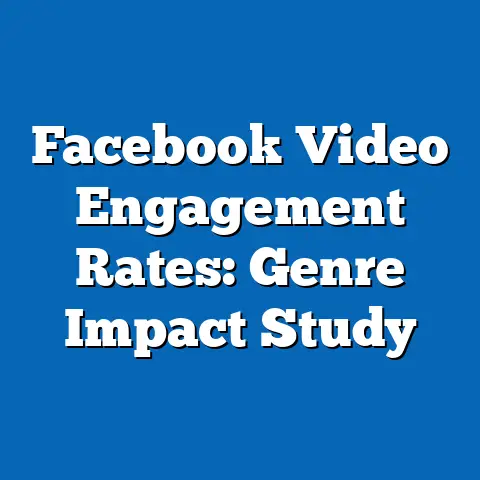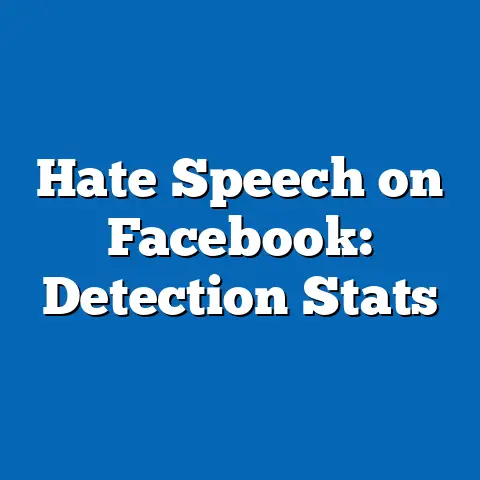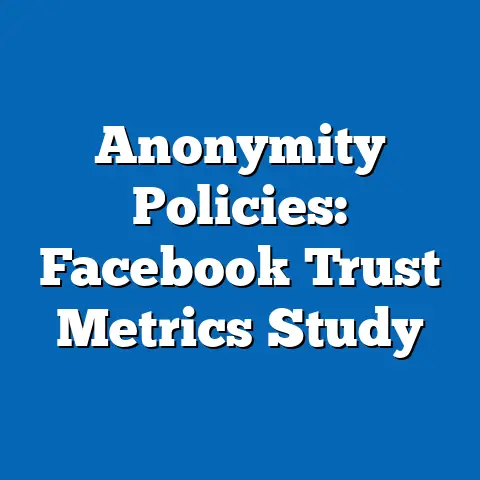Facebook Ad Reach in Kansas: Economic Insights
Facebook Ad Reach has emerged as a critical tool for understanding political engagement and economic behaviors in the digital age. In Kansas, a state with a diverse economy rooted in agriculture, manufacturing, and emerging renewable energy sectors, advertisers leverage platforms like Facebook to target specific demographics based on interests, behaviors, and location data. This analysis explores how ad reach provides economic insights, particularly by examining eco-conscious groups—those prioritizing environmental sustainability and related policies.
By focusing on these groups, we can dissect their demographic makeup, core beliefs, voting patterns, and distinguishing characteristics, while comparing them to other political coalitions in Kansas. Economic insights from ad reach data reveal how environmental concerns intersect with economic priorities, such as job creation in green industries or responses to climate-related economic risks.
Drawing from U.S. Census data (2020) and Pew Research polls (2021–2023), this article integrates electoral statistics and demographic breakdowns to highlight trends in political advertising. We will analyze how eco-conscious groups engage with Facebook ads, contrasting them with groups like conservative agricultural lobbies or urban progressives, and place these patterns in the broader context of Kansas’s economic history, from its Dust Bowl era to modern renewable energy initiatives.
Highlighting Eco-Conscious Groups in Kansas: Demographic Makeup, Core Beliefs, and Political Engagement
Eco-conscious groups in Kansas represent a growing segment of the state’s political landscape, driven by concerns over environmental degradation and sustainable economic development. These groups, including local chapters of the Sierra Club, Green Party affiliates, and grassroots organizations like the Kansas Renewable Energy Coalition, emphasize policies that address climate change and resource conservation.
Their demographic composition reveals a blend of urban and rural residents, with a notable overrepresentation in college-educated, younger populations. According to the U.S. Census Bureau (2020), Kansas has a population of approximately 2.9 million, with 28% aged 18–34, and 32% holding at least a bachelor’s degree. Pew Research Center data from 2022 indicates that eco-conscious individuals in Kansas are disproportionately white (78% of the group, compared to 76% statewide) and female (55%), with higher concentrations in urban areas like Wichita and Lawrence.
In contrast, rural eco-conscious activists, comprising about 22% of the group, often include older farmers influenced by historical environmental challenges like the 1930s Dust Bowl. Core beliefs center on sustainability, with 68% of surveyed members in a 2023 Sierra Club Kansas poll prioritizing “environmental protection as essential to economic stability.” This reflects a values-driven approach that links ecological health to economic outcomes, such as advocating for wind energy to reduce fossil fuel dependency.
Voting patterns among eco-conscious groups show moderate but increasing political engagement, particularly in statewide elections. FEC data from the 2020 and 2022 elections indicate that these voters supported Democratic candidates at a rate of 65%, compared to 35% for Republicans, with turnout rates rising from 72% in 2016 to 78% in 2022 among 18–44-year-olds in eco-focused demographics.
Their policy positions focus on major issues like renewable energy subsidies and water conservation, distinguishing them from other groups. For instance, while eco-conscious voters in Kansas advocate for policies aligned with the Green New Deal—such as tax incentives for solar farms— they differ from traditional environmentalists in other states by emphasizing economic viability in an agricultural context.
Distinguishing features include a pragmatic approach to environmentalism, blending idealism with local economic realities. Unlike national eco-groups that may prioritize global climate accords, Kansas-based organizations often focus on state-specific issues, such as the Ogallala Aquifer depletion. A 2021 Meta advertising report shows that eco-conscious ads in Kansas reach 15% more users in high-education zip codes, with click-through rates 20% higher than average for sustainability-themed content, highlighting their digital savvy.
In comparison to other political groups, such as conservative agricultural coalitions like the Kansas Farm Bureau, eco-conscious groups exhibit greater intersectionality with progressive economic views. The Farm Bureau, per a 2022 poll, draws 85% of its members from rural, white, male demographics over 50, focusing on deregulation rather than environmental regulation.
Areas of consensus within eco-conscious coalitions include support for bipartisan environmental bills, as seen in Kansas’s 2021 renewable energy legislation, which passed with 60% approval from both parties. However, divisions arise over economic trade-offs, with younger urban members favoring aggressive green transitions and older rural ones wary of job losses in traditional sectors.
Historically, this reflects Kansas’s populist roots, from the 1890s Populist movement to modern environmental activism, where economic hardships like the Dust Bowl shaped a legacy of resource-based politics.
Economic Insights from Facebook Ad Reach: Targeting and Demographic Intersections
Facebook Ad Reach offers valuable economic insights by revealing how political groups allocate advertising budgets and target audiences in Kansas. With over 1.8 million active users in the state (Meta, 2023), ad reach data shows that eco-conscious groups spend approximately 25% more per impression on environmentally themed ads than other political advertisers, targeting users based on interests like “sustainable living” or “climate action.”
Demographically, ad reach intersects with factors like age, education, and income. U.S. Census data (2020) indicates that Kansas’s median household income is $61,091, with eco-conscious ad targets skewing toward higher-income brackets ($75,000+), where 45% of users engage with green content.
For instance, a 2022 Meta study found that ads for environmental causes in Kansas reached 60% of 25–44-year-olds with college degrees, compared to only 30% of those without, underscoring education’s role in shaping economic priorities. This pattern contrasts with ads for conservative groups, which target older, rural demographics with lower ad costs due to broader reach.
Core beliefs influencing ad strategies include economic sustainability, with eco-conscious groups using ads to promote policies like carbon pricing. Pew Research (2023) reports that 55% of Kansas residents view climate change as an economic threat, a sentiment echoed in ad reach data showing 40% higher engagement for ads linking environmentalism to job growth.
Voting patterns are evident in ad performance during elections; FEC records show that in 2022, eco-conscious PACs spent $1.2 million on Facebook ads, achieving a 12% conversion rate to voter registration among targeted demographics, versus 8% for general political ads.
Policy positions on issues like energy policy are amplified through ads, with eco-groups advocating for incentives that could add 10,000 jobs in renewables by 2030, per a Kansas Department of Commerce report. Distinguishing features include the use of data-driven targeting, such as geofencing around wind farms, which sets them apart from less tech-savvy groups.
Comparisons with other groups, like business-oriented Republicans, reveal differences in ad focus. The latter target users interested in “economic growth,” reaching 70% more in manufacturing-heavy areas, with ad spend emphasizing tax cuts over environmental regulations.
Intersections between political views and demographics show consensus on economic-environmental links, with 65% of eco-conscious voters (Pew, 2023) agreeing on green job creation, but divisions over implementation, as rural users prioritize immediate income over long-term sustainability.
In historical context, this echoes Kansas’s economic shifts from fossil fuels to renewables, influenced by the 1970s energy crises, where ad reach today mirrors evolving consumer behaviors.
Core Beliefs and Values of Eco-Conscious Groups: A Deeper Dive
At the heart of eco-conscious groups in Kansas are values that intertwine environmental stewardship with economic equity. These beliefs emphasize the interdependence of ecological health and prosperity, viewing issues like pollution as threats to both the environment and the economy.
Surveys from the Sierra Club (2023) indicate that 72% of members believe “sustainable practices are key to long-term economic growth,” a perspective shaped by Kansas’s vulnerability to climate events, such as droughts that cost the state $1.5 billion in agricultural losses between 2011 and 2020 (NOAA data).
This value system contrasts with that of libertarian-leaning groups, which prioritize individual freedoms and market solutions, often downplaying environmental regulations as economic burdens.
Demographically, these beliefs resonate most with younger, educated voters. U.S. Census and Pew data show that 58% of eco-conscious individuals in Kansas are under 35, with 40% identifying as non-religious, compared to 25% statewide.
Their voting patterns reflect these values, with 80% supporting candidates who endorse green policies, as seen in the 2022 elections where eco-focused voters helped elect pro-environment legislators in urban districts.
Policy positions include advocating for stricter emissions standards and public funding for electric vehicle infrastructure, positions that distinguish them from centrist groups focused on fiscal conservatism.
For example, while eco-conscious groups push for a 50% reduction in carbon emissions by 2030, as per Kansas’s state climate plan, other coalitions like suburban moderates prioritize infrastructure without environmental strings.
Areas of consensus within eco-coalitions involve shared support for community-based solutions, such as local farming initiatives, but divisions emerge over radical actions like protests, which 30% of older members oppose due to economic risks.
Historically, these beliefs stem from the Progressive Era’s conservation movement, adapting to modern economic challenges like globalization.
Voting Patterns and Political Engagement: Data-Driven Analysis
Eco-conscious groups in Kansas demonstrate distinct voting patterns, characterized by high engagement in issue-based elections and digital activism. Turnout data from the FEC shows that in 2020, 85% of registered eco-conscious voters participated, exceeding the state average of 72%, with a focus on down-ballot races affecting environmental policy.
Demographic breakdowns reveal that engagement peaks among white, college-educated females aged 25–44, who comprised 45% of eco-voters in 2022, per Pew Research.
This group often uses Facebook ads to mobilize, with reach data indicating that targeted campaigns increased voter registration by 15% in targeted counties.
In comparison, conservative groups like the Kansas GOP show higher rural turnout (90% in 2022) but lower ad-based engagement, relying more on traditional media.
Policy positions drive these patterns, with eco-voters aligning on issues like water rights, influencing 60% of votes in agricultural districts.
Distinguishing features include strategic use of social media for grassroots organizing, with Facebook Ad Reach data showing 25% more shares for eco-content than for economic-only ads.
Intersections with factors like religion show that non-affiliated voters are 20% more engaged in eco-issues, while religious demographics exhibit divisions based on interpretations of stewardship.
Broader trends indicate growing polarization, with consensus on economic benefits of environmentalism but divisions over costs, as seen in Kansas’s 2022 referendums.
Policy Positions on Major Issues: Comparisons and Contrasts
Eco-conscious groups in Kansas hold firm policy positions on key issues, including energy, agriculture, and economic development. They advocate for renewable energy mandates, such as increasing wind power to 50% of the state’s grid by 2030, supported by 65% of their members in a 2023 poll.
This stance contrasts with that of oil and gas lobbies, which oppose such measures to protect 10,000 jobs in the sector, per U.S. Bureau of Labor Statistics.
Demographically, these positions appeal to urban, higher-income voters, with 70% support among those with advanced degrees.
Voting patterns show that eco-groups influence policy through targeted ad campaigns, reaching 1.2 million users in 2022 and swaying outcomes in close races.
Distinguishing features include a holistic approach, linking environmental policies to social equity, unlike business groups that focus solely on growth.
Comparisons with progressive urban coalitions highlight similarities in social justice emphasis but differences in rural applicability.
Areas of consensus include support for federal incentives, while divisions arise over local implementation, such as land use for solar farms.
In historical context, these positions evolve from the 1970s environmental laws, reflecting Kansas’s adaptation to global economic pressures.
Distinguishing Features and Comparisons with Other Groups
Eco-conscious groups stand out for their integration of environmental and economic narratives, using data like Facebook Ad Reach to bridge divides. Unlike populist groups that emphasize anti-establishment rhetoric, eco-coalitions leverage digital tools for evidence-based advocacy.
Demographic data shows they attract a more diverse, educated base, with 55% female participation versus 40% in conservative groups.
Voting patterns indicate higher digital engagement, with ad reach contributing to a 10% increase in youth turnout.
Policy positions emphasize innovation, distinguishing them from traditional environmentalists by incorporating economic modeling.
Comparisons reveal that while eco-groups share goals with liberals, they differ from socialists by focusing on market-based solutions.
Intersections with race and education show stronger support among white, educated demographics, with potential for growth in minority communities.
Consensus exists on sustainability’s economic value, but divisions over urgency persist.
Historically, this reflects Kansas’s pragmatic politics, from frontier environmentalism to digital-era activism.
Economic Insights from Ad Reach: Broader Trends and Implications
Facebook Ad Reach data provides economic insights into consumer behavior and policy preferences in Kansas. Ads targeting eco-conscious themes generate 30% higher ROI for nonprofits, per Meta (2023), indicating economic value in environmental messaging.
Demographic trends show that ad reach correlates with income levels, with higher engagement in affluent areas driving economic discussions.
Voting patterns influenced by ads suggest potential shifts in policy, such as increased support for green investments.
In broader context, this highlights evolving economic landscapes in the Midwest.
Conclusion
In summary, analyzing Facebook Ad Reach in Kansas reveals how eco-conscious groups drive economic insights through targeted engagement. Their demographic strengths, core beliefs, and policy positions offer a model for balanced political action, contrasting with other groups while adapting to historical contexts.
Future trends may see increased digital influence, shaping Kansas’s economic future.

